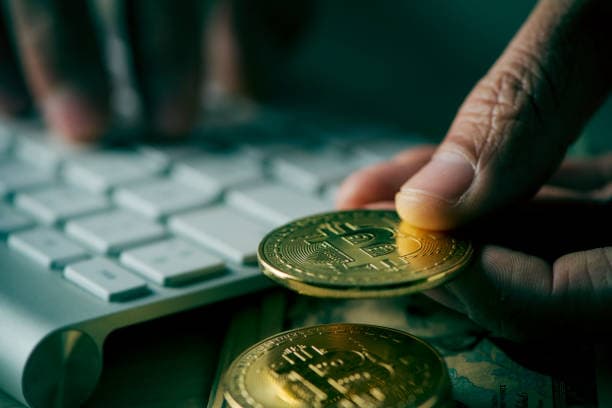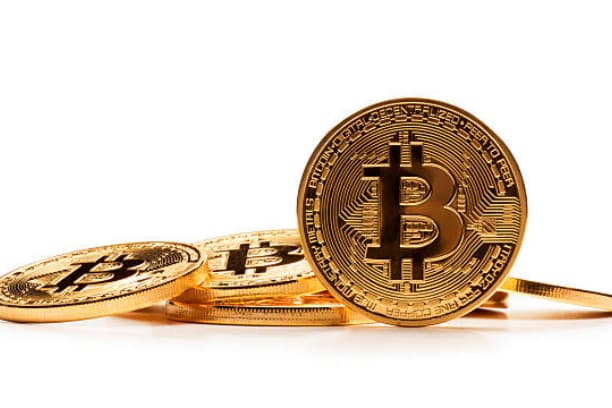The USDT premium phenomenon plays an important role in the cryptocurrency market, not only reflecting the market's supply and demand, but also revealing fluctuations in market sentiment and confidence. In this article, we'll take a closer look at how the USDT premium relates to market sentiment, analyze the reasons behind price changes, and explain its impact on investors and traders. Understanding the changes in the USDT premium will help investors make more informed decisions in an unstable market.

Basic Concepts of USDT Premium
In the cryptocurrency market, USDT (Tether) is one of the most commonly used stablecoins. Its value is usually supposed to be pegged to the US dollar, but in practice, USDT sometimes trades above or below the US dollar, a situation known as a "USDT premium" or "USDT discount." A USDT premium is when the price of USDT exceeds the US dollar on certain exchanges, usually in certain market environments.
The creation of a USDT premium is usually caused by an imbalance between supply and demand in the market. For example, in certain countries or regions, when the fiat currency exchange rate fluctuates or the financial system is unstable, investors may seek safe-haven assets, and USDT becomes an important choice. When market demand increases and supply is insufficient, the price of USDT rises, creating a premium.
USDT Premium vs. Market Sentiment
Changes in the USDT premium often reflect fluctuations in market sentiment and investor confidence. When market sentiment is more optimistic and investors are confident about the future prospects of the cryptocurrency market, demand for USDT usually increases, leading to an increase in its price and hence a premium. Conversely, when market sentiment is pessimistic and investors are anxious about the uncertainty of the market's future, demand for USDT may decline, resulting in a discount.
For example, the premium on USDT was more pronounced in late 2020 and early 2021, when the price of Bitcoin and other cryptocurrencies skyrocketed and many investors shifted funds into stablecoins to hedge their bets. This is not only a sentiment fluctuation in the cryptocurrency market, but also reflects the increased demand for liquidity and stability.
The Impact of Cryptocurrency Market Volatility on USDT Premiums
Cryptocurrency market volatility is another important factor contributing to changes in the USDT premium. Price fluctuations in major cryptocurrencies such as Bitcoin and Ether often have a direct impact on the demand for stablecoins. When the market rises or falls sharply, investors often seek to convert their funds to stablecoins to avoid losses from price fluctuations. At these times, demand for USDT, one of the most liquid stablecoins, surges, resulting in a premium.

For example, when Bitcoin rises from $10,000 to $50,000, investors in the market will often shift some of their profits to USDT to protect against future losses from a market correction. Conversely, in the event of a sharp decline in the market, investors will also shift their funds to USDT as a hedge, which may result in USDT prices exceeding $1, thus creating a premium.
The Impact of Regional Market Differences on USDT Premiums
In addition to the overall market sentiment, market demand in different regions also affects the price of USDT. In countries or regions with unstable financial systems, when local currencies depreciate or inflationary pressures increase, residents often choose to convert their funds to stable currencies in order to protect the value of their assets. In these regions, the demand for USDT is often greater than in other regions, resulting in a significant premium.
For example, in certain Southeast Asian countries such as India, Pakistan, and Vietnam, people may switch their funds to USDT to preserve value due to the depreciation of their own currencies and inflationary pressures. In these regions, USDT premiums are often significant, even up to a few percentage points. Such regional market differences may result in USDT prices varying from exchange to exchange, allowing investors to adjust their trading strategies according to market conditions.
Market Arbitrage and USDT Premium
The USDT premium also provides opportunities for arbitrageurs. Arbitrageurs take advantage of price differences between exchanges to buy and sell, earning a price differential. For example, if the price of USDT is higher than $1 on one exchange, an investor can transfer funds to that exchange to buy USDT and then resell it on a lower priced exchange. Such arbitrage not only facilitates capital flows, but also encourages self-adjustment in market prices.
Arbitrage is not without risk, especially in the cryptocurrency market, where factors such as exchange fees, withdrawal times, and liquidity can affect the profitability of arbitrage. Therefore, for investors looking to profit from the USDT premium, it is important to understand the liquidity differences between exchanges as well as transaction costs.
Impact of USDT Premium on Investors
For the average investor, the USDT premium may present certain risks and opportunities. When the price of USDT exceeds $1, investors may pay a higher price for the stablecoin, which is equivalent to a higher purchase cost. Especially during times of high market volatility, the USDT premium can rise quickly, which can cause investors to miss out on opportunities to enter the market at a lower price.
On the other hand, changes in USDT premiums may also reflect market uncertainty and demand for risk aversion, and therefore may be a signal to some risk-averse investors to diversify further. Understanding these movements is critical to adjusting positions and risk control strategies.
Conclusion
Changes in the USDT premium are not only a reflection of price fluctuations, but also the result of multiple factors in the cryptocurrency market. Factors such as market sentiment, regional demand, currency fluctuations, and arbitrage behavior may all influence the price fluctuations of USDT. For investors, understanding the reasons behind the USDT premium will allow them to better understand market trends and adjust their trading strategies to achieve better returns in the cryptocurrency market.














